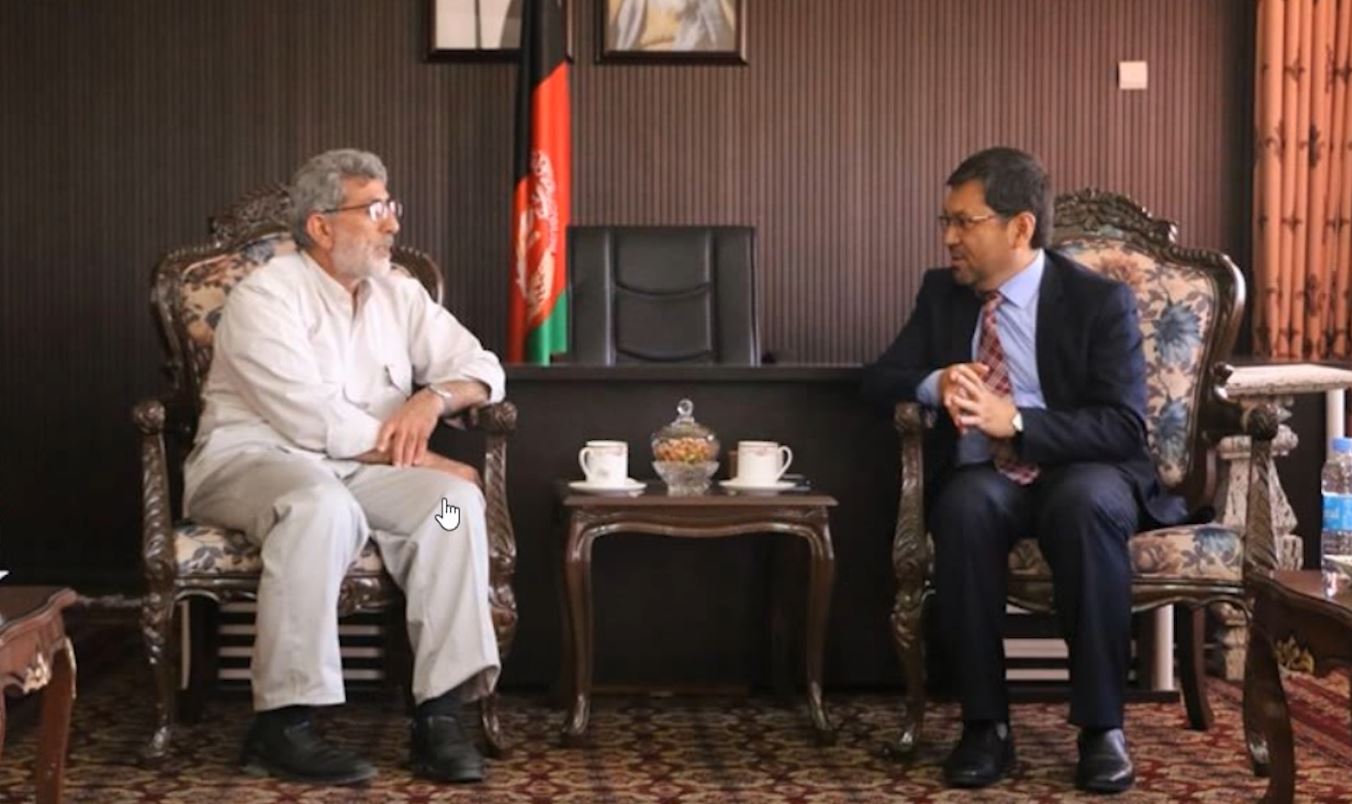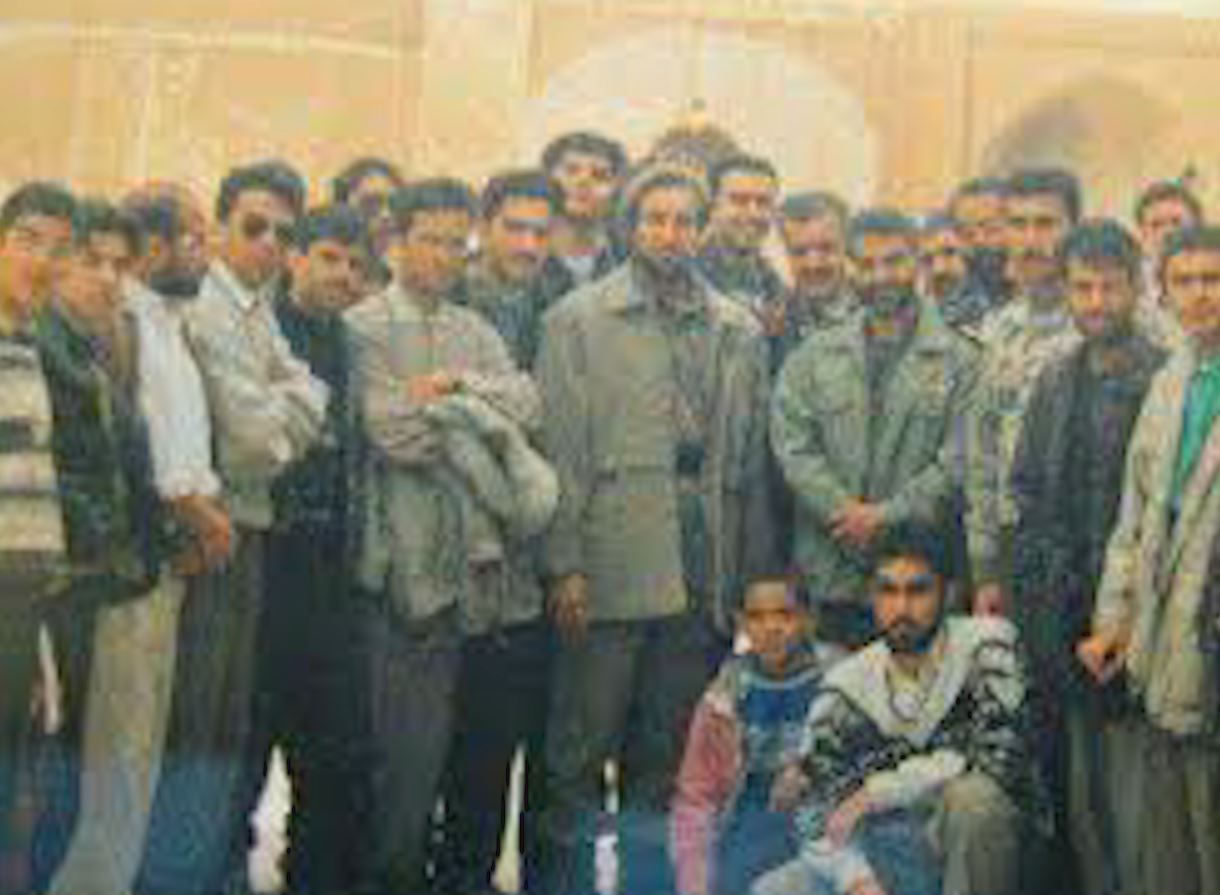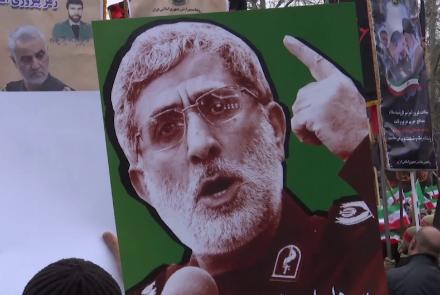The 61-year-old Brigadier General Ismail Qaani was appointed as the head of the foreign wing of Iran’s Revolutionary Guards Corps to succeed Qassem Soleimani, who was killed in a US airstrike in Iraq on January 3.
During the Iran–Iraq War of 1980-1988, Qaani led the 5th Nasr Brigade and 21st Imam Reza Armored Brigade. In 1981, he received his military training at Imam Ali Officers Academy in Tehran.
Qaani was appointed as the Quds forces deputy commander in 1997. He is now Qassemi’s successor.
Ali Alfoneh, a senior fellow at the Arab Gulf States Institute in Washington, in an article on the institute's website says that “it is just as likely that Qaani and Soleimani cooperated with each other in their support to the United Islamic National Front for the Salvation of Afghanistan, also known as the Northern Alliance, against the Taliban in the late 1990s.”
Qaani has made some trips to Afghanistan when the Fatemiyoun brigade was at the height of its activities. In 2018 he visited Kabul with an Iranian delegation and held talks with Afghan government leaders President Ashraf Ghani and Chief Executive Abdullah Abdullah.
Also in 2018 he visited Bamiyan province in the center of Afghanistan apparently as the deputy ambassador of Iran to Kabul. On July 11, 2018, Bamiyan governor Tahir Zuhair posted Mr. Qaani’s photos on his Facebook account and wrote that the deputy ambassador of Iran visited a hospital in Bamiyan.
The Afghan government did not comment on Qaani’s visit to Kabul.
“It was said that the Iranian deputy ambassador is visiting the construction of a hospital (in Bamiyan) and then he will have a meeting with the governor, and he will return after that. They exactly implemented this plan,” the Bamiyan governor said.
“There will be no considerable change in the Revolutionary Forces policies for security and defense of the Islamic Republic of Iran,” Afghan analyst Barna Salehi said.

Alfoneh writes that “under Qaani’s leadership, there is likely to be greater continuity than change in the Quds Force. After all, Suleimani the individual was less responsible than external factors for the biggest change in the history of the Quds Force and the IRGC. Due to the high fatality rate among Quds Force members in Syria, the IRGC began deploying members of the regular IRGC to that country, which removed the barriers between the two otherwise separate branches of the IRGC and is gradually transforming the entire IRGC into one large extraterritorial operations Quds Force.”
Qaani was born in Mashhad, Iran, and received his military training in Tehran as well as Mashhad.
He has travelled to Gambia, Senegal, Brazil, Bolivia, Venezuela.


